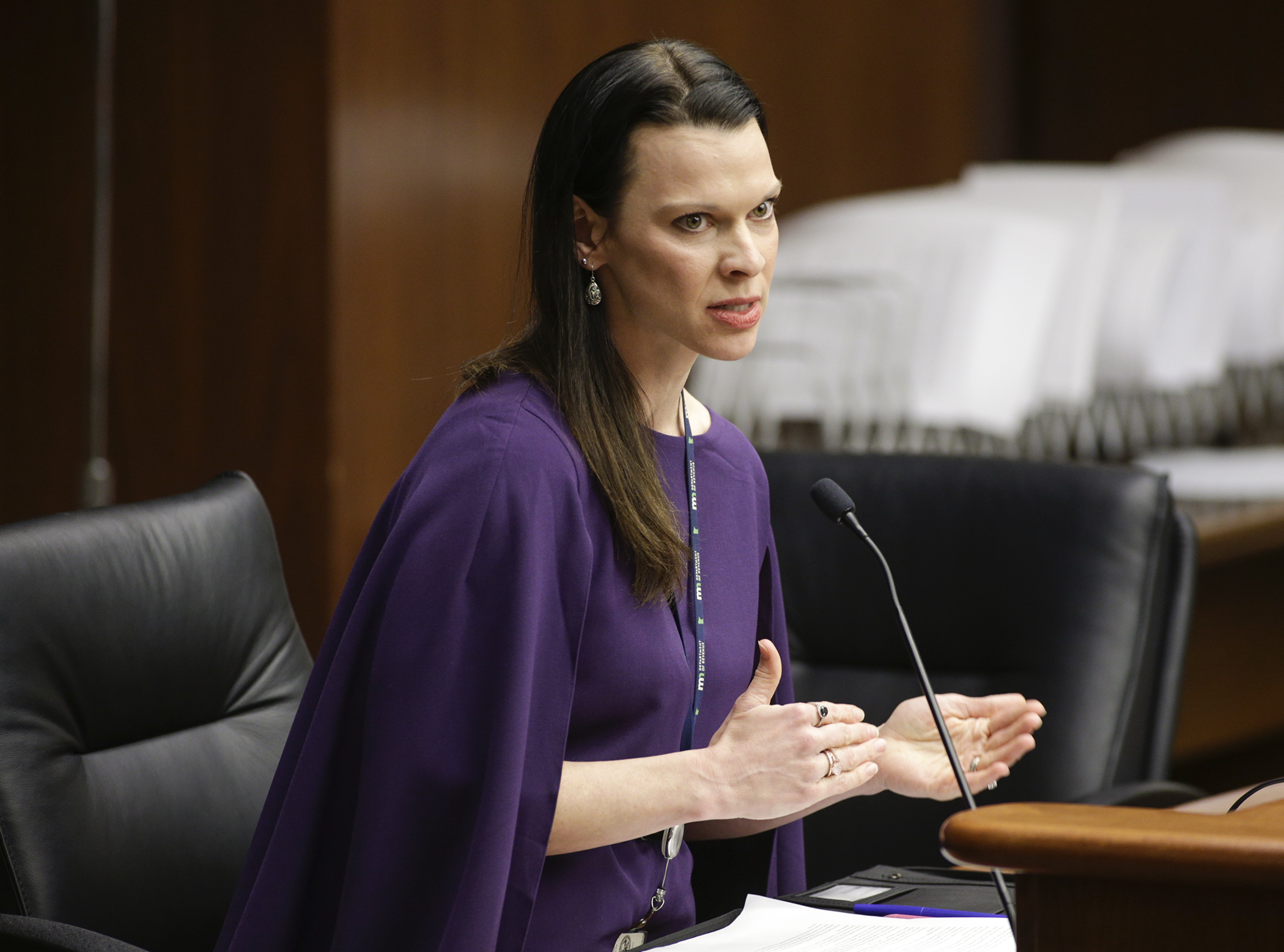Tax division hears how nearly $1 million in local aid was overpaid

It’s complicated. When figuring out how much each Minnesota city should receive in local government aid, the Department of Revenue uses a multi-faceted formula.
It takes into account such details as the age of a municipality’s housing stock, total housing units, household sizes, employees working within the city, and whether its population is increasing or declining. Each element contributes its own piece of addition, multiplication or division into the equation.
Do mistakes in the calculations ever happen? Yes, and such a case was discussed at Monday’s meeting of the House Property and Local Tax Division.
Andrea Fish, assistant director of the Department of Revenue Property Tax Division, explained that Minneapolis, St. Paul and South St. Paul, and their counties, all received more than they should have in local government aid and county program aid for 2020.
Minneapolis received $834,000 in overpayments, while St. Paul got $67,000 and South St. Paul $54,000. With Hennepin, Ramsey and Dakota counties having their amounts of county program aid adjusted because of the overage, the total cost to the state comes to about $1.2 million.
How did it happen?
It had to do with figures for tax increment financing districts not being added to the calculations for those three cities’ net tax capacity.
As a result, Fish said, “This meant that other cities and counties were certified to receive less than they should have been.”
But that’s being corrected. On Feb. 7, 678 cities received notice that they would receive increased aid that ranges from $2 to just over $36,000. Fifty-two counties will receive increases ranging from $1,100 to just over $33,000.
So do those three cities have to pay it back?
Well, no.
“In the remainder of 2020, Minneapolis, St. Paul, South St. Paul and their counties will each receive the amounts of aid that they were initially certified to get in our effort to hold those jurisdictions and their taxpayers harmless for the error,” Fish said. “Going forward, however, their newly recertified amounts will be their base amounts for calculating this aid.”
That didn’t sit well with Rep. Steve Drazkowski (R-Mazeppa).
“You have a place in statute that allows you to do that,” he said, “but I think that’s terrible policy.” He said that he’s drafted a bill to put paying back such overages into law.
“Not to diminish the error,” said Rep. Kaohly Her (DFL-St. Paul), “but I want to keep perspective that this total error was 0.19 percent of overall LGA. … In my work in the corporate sector, that would be considered a rounding error.”
While Rep. Jerry Hertaus (R-Greenfield) agreed, he added, “It’s a small amount of money, but it’s still taxpayer money.”
Related Articles
Search Session Daily
Advanced Search OptionsPriority Dailies
Ways and Means Committee OKs proposed $512 million supplemental budget on party-line vote
By Mike Cook Meeting more needs or fiscal irresponsibility is one way to sum up the differences among the two parties on a supplemental spending package a year after a $72 billion state budg...
Meeting more needs or fiscal irresponsibility is one way to sum up the differences among the two parties on a supplemental spending package a year after a $72 billion state budg...
Minnesota’s projected budget surplus balloons to $3.7 billion, but fiscal pressure still looms
By Rob Hubbard Just as Minnesota has experienced a warmer winter than usual, so has the state’s budget outlook warmed over the past few months.
On Thursday, Minnesota Management and Budget...
Just as Minnesota has experienced a warmer winter than usual, so has the state’s budget outlook warmed over the past few months.
On Thursday, Minnesota Management and Budget...